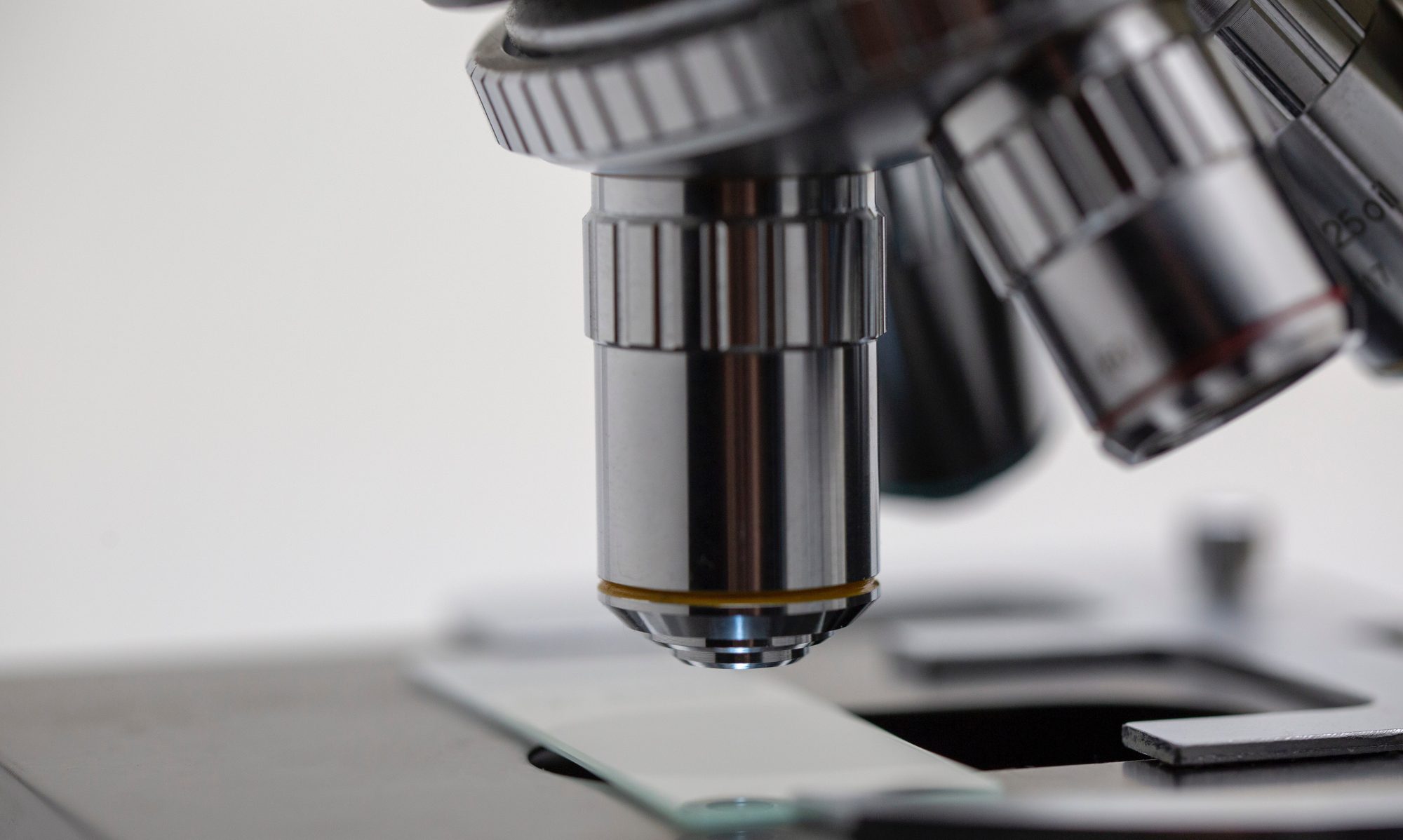BCR-ABL test for Philadelphia chromosome: A gene formed when pieces of chromosomes 9 and 22 break off and trade places.
t (8;21) – Acute Myeloid Leukemia (FAB M2)t (8;14) – Burkitt’s Lymphomat (11;14) – Chronic Lymphoid Leukemia and multiple myeloma

private blog from a former MLS student
BCR-ABL test for Philadelphia chromosome: A gene formed when pieces of chromosomes 9 and 22 break off and trade places.
t (8;21) – Acute Myeloid Leukemia (FAB M2)t (8;14) – Burkitt’s Lymphomat (11;14) – Chronic Lymphoid Leukemia and multiple myeloma
You must be logged in to post a comment.
Pseudo-Gauche, sea blue histiocytes, and dwarf megakaryocytes are seen in the bone marrow smear
It is important to distinguish the accelerated phase of CML from the chronic phase. The accelerated phase of CML indicates disease progression with worsening clinical condition and may require additional treatment. When one or more of the following criteria are present, the accelerated phase is indicated. Persistent increase of the WBC count, in-spite of therapy. Increased splenomegaly, unresponsive to therapy. Persistent thrombocytosis unresponsive to therapy or thrombocytopenia. Develop additional cytogenetic abnormalities in addition to the t(9;22) – Philadelphia Chromosome. Increased basophil count in the peripheral blood (>20% of total WBC count). Increase in the blasts number (10-19 %) in the peripheral blood and/or bone marrow. Bone marrow hypercellularity with possible myeloid dysplasia
The blastic phase of CML resembles acute leukemia.
Two criteria are used to define the blastic phase of CML:
Blast percentages of 20% or more in the peripheral blood or bone marrow
Extramedullary blast proliferation in the lymph nodes, skin, spleen, bone, central nervous system, lungs, or any other tissue
In approximately 70% of patients in the CML blastic phase, the blasts are myeloid. The blasts may be granulocytic, monocytic, erythroid, or megakaryocytic in nature. In 20-30% of CML-blastic phase, the blasts are lymphoid in nature (commonly precursor B cells). A small percentage of cases show a mixed phenotype of blasts (myeloid & lymphoid blasts). It is vitally important to use immunophenotyping to determine the blasts lineage for the purpose of treatment.
Leukocyte alkaline phosphatase (LAP) scoring
Untreated CML cases, on average, carry a 2-3 year survival period.
There is a 70-90% response rate to a newer drug called “Imatinib”. Imatinib targets the product of the bcr/abl fusion, namely the tyrosine kinase. Those that do respond to Imatinib have up to 5 years with no disease progression.
Allogeneic stem cell transplant is an option for those that fail to respond to Imatinib treatment.